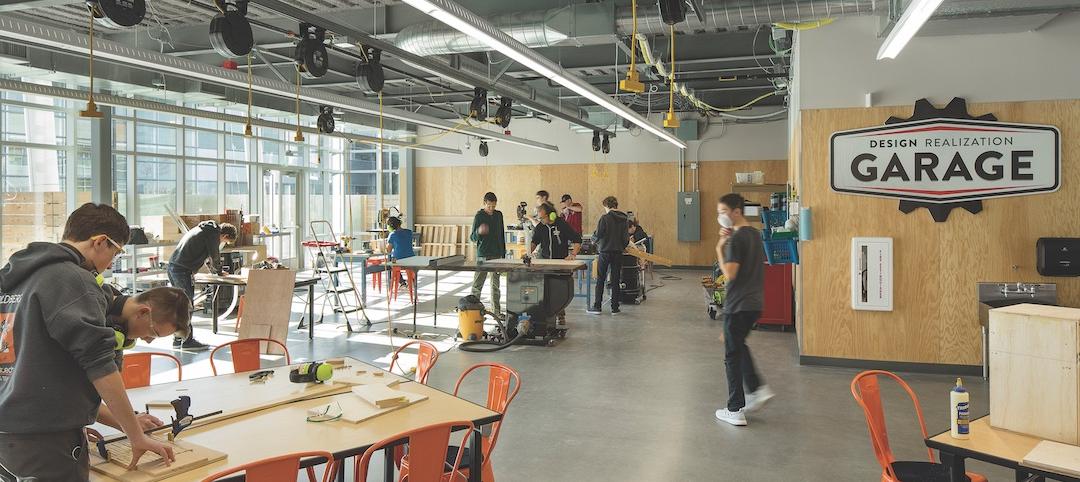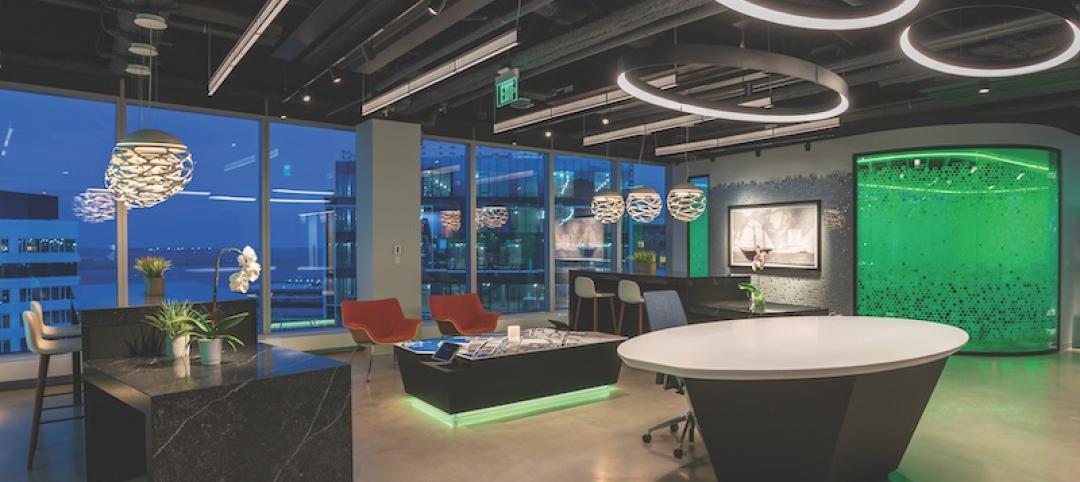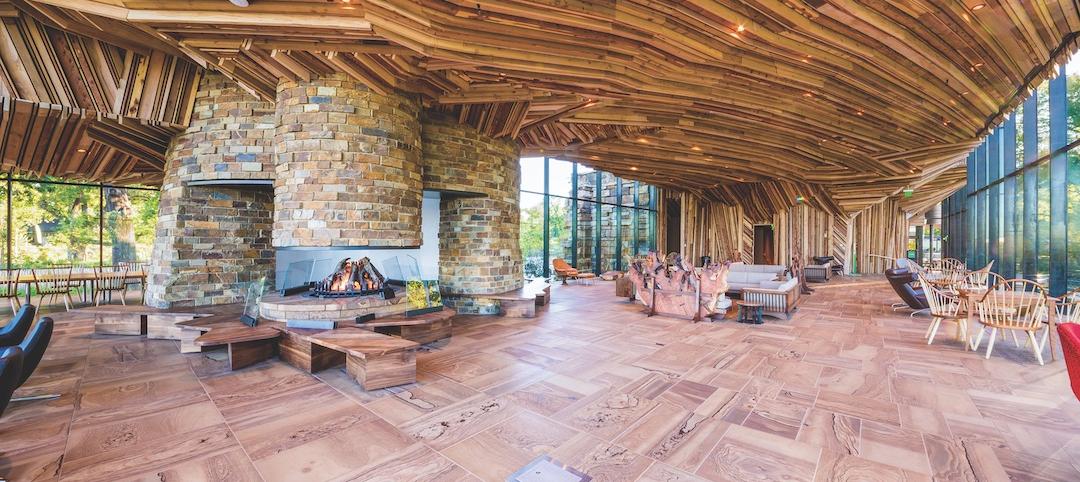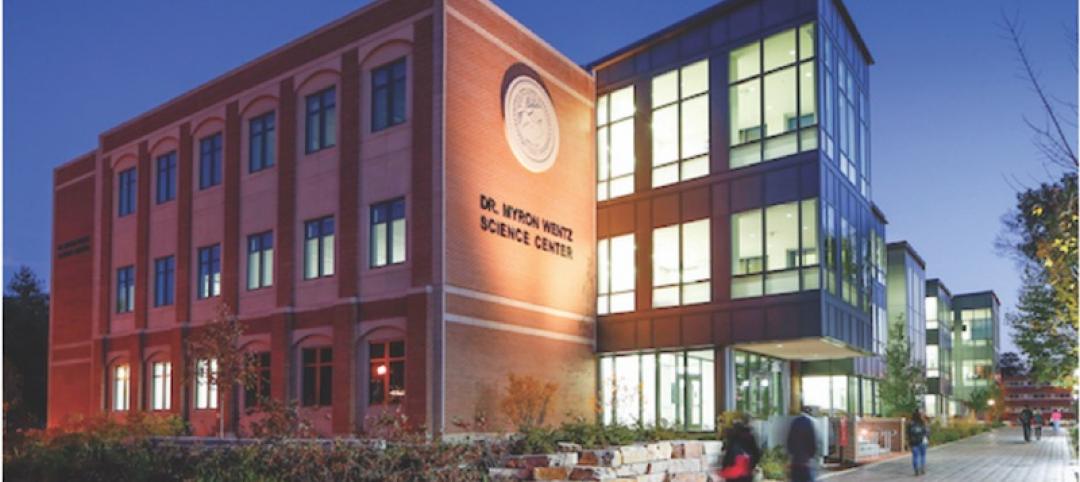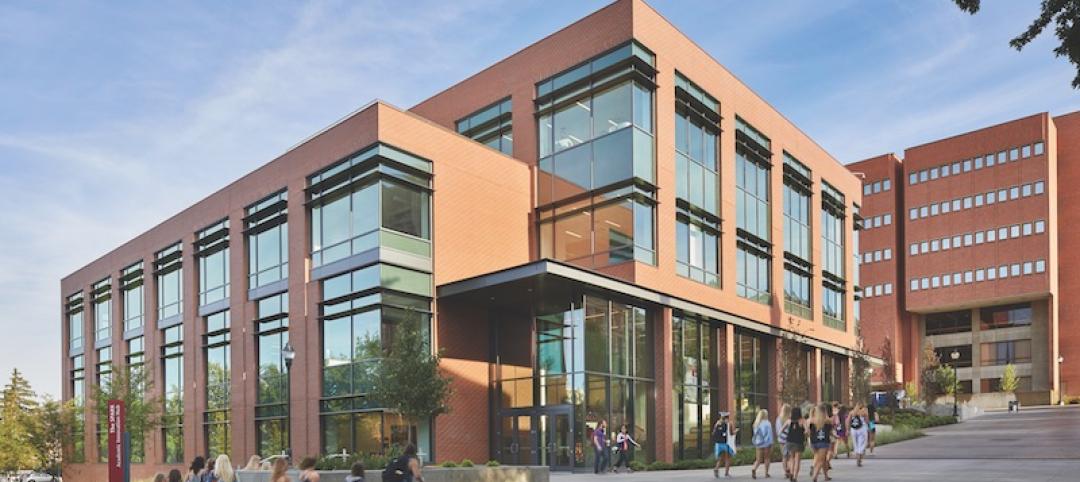This two-story project, built atop a very active 191-bed hospital, was completed seven weeks early and 10% under budget. It added 150 all-private acute care beds, seven pre-op rooms and an operating room, and two post-anesthesia care beds. The construction was accomplished without a single reportable injury in more than 311,000 hours worked.
The expansion was the hospital’s response to its rapid growth since opening in 2014. Patients from 45 different Texas counties and even other states seek out Methodist Richardson for its services. Consequently, the hospital initiated this vertical expansion eight years ahead of its 2025 schedule.
Among the issues that this expansion grappled with was the hospital’s vehicular congestion, which preceded this project but also impacted its construction. The project’s first phase included building a $12 million, seven-level, 671-space parking garage, which opened before the Building Team could claim other surface parking areas it needed to accommodate tower cranes, trailers, and the materials lay-down area. The team delivered the garage in eight months.
To minimize interference with the hospital’s traffic, the Building Team implemented just-in-time material deliveries; any products that needed to be unloaded by crane had to be onsite before 9 a.m. The project’s trades had to be strategic and communicative about scheduling and sequencing.
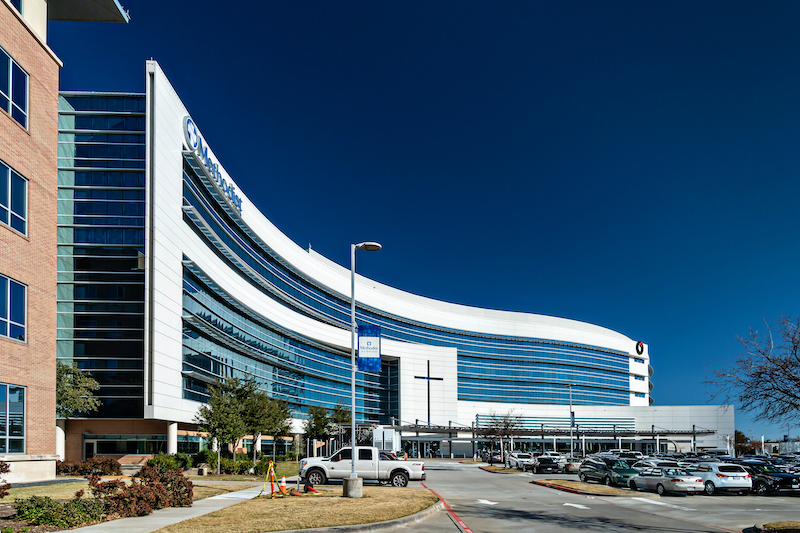
Technology prevails
The Building Team used 3D laser scanning, GPS, and conventional survey methods to support its 3D as-built structural model. These data enabled the Team to transfer column grids quickly from the existing hospital to the two new floors, thereby releasing steel fabrication packages ahead of schedule.
The use of technology, in fact, was prevalent throughout the project, and provided the owner with documentation that included a fully attributed BIM record model and 360-degree photos of the entire site during each construction phase.
Right from the start the hospital insisted that its fourth floor, which includes its NICU, nursery, and surgery recovery areas, could not be shut down entirely during construction. The Building Team also needed to come up with creative solutions to make the expansion appear aesthetically seamless with the rest of the building.
Planning and designing the expansion’s curtainwall was this project’s biggest single challenge. Extending the hospital’s existing curtainwall another two stories would have required opening the 4th floor to exterior elements, and would have added up to five months and $2.1 million to the construction schedule and budget, to say nothing of the lost revenue while that floor wasn’t functional.
The Team considered four options, and ultimately went with a custom spandrel glass infill system to achieve the desired visual effect with minimal impact to the exterior envelope. The Team installed a new framing and glazing system that allowed contractors to perform their work on outside platforms without having use the building’s 4th floor interior for curtainwall tie-in access.
Erecting new steel on the roof of the hospital for the expansion was another problem to be solved without causing too much disruption to the 4th floor operations. The Building Team expedited the construction by sequencing the installation of stub columns: the roof would be opened at the embedded point, the four-ft-long stub column welded in place, and then the roof would be closed and resealed. This process was repeated over 150 times.
The use of stub columns allowed the Team to better control its exposure to the weather and manage the risk of water infiltration.
A plan was devised where no more than four rooms on the 4th floor were ever shut down at once. That plan included a Method of Operating Procedures to help the hospital’s staff understand the impact of a total of 21 major shutdowns and more than 100 minor shutdowns. Over 100 penetrations through the 4th-floor ceiling were made to install mechanical and plumbing tie-ins from that floor, which included “heavy involvement” by the hospital’s nursing staff for planning and coordination. This phase was completed seven weeks early. During this phase, the Building Team deployed over 1,500 5/8-inch-thick rubber mats to tamp noise and vibration.
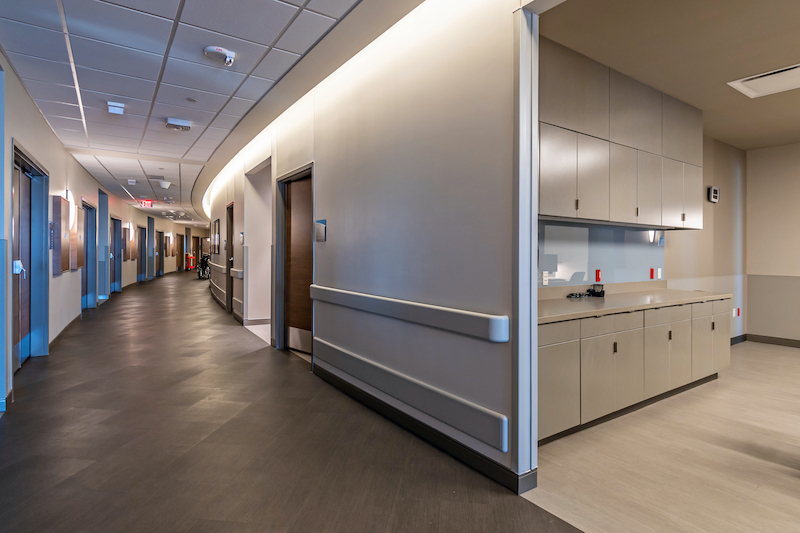
Early mechanical installation
Other noteworthy achievements that led our judges to bestow a Gold award on this project include the following:
• Typically on projects like this, the central utility plant equipment is installed during the later stages. What made this project unique is that, in order to support the new loads for the additional floors, the CUP equipment had to be built and online a year before the addition opened. Each piece had a long lead time, so installing them early offered benefits that included performing system tie-ins in ways that were flexible to the hospital’s schedule.
• The hospital’s three air handling units (AHUs) continued to function during the construction. When the expansion was complete, the hospital was switched over to new AHUs. To do this, the Building Team built two floors of steel, connected the original ductwork to the expansion’s duct, set the new AHUs on the roof, and connected the power to the electrical rooms. Because the original AHUs—which were not meant for indoor use—would be completely encapsulated, the Team had to create temporary exhaust systems and roof drains to ensure the units remained functional and didn’t create hazardous conditions inside the building.
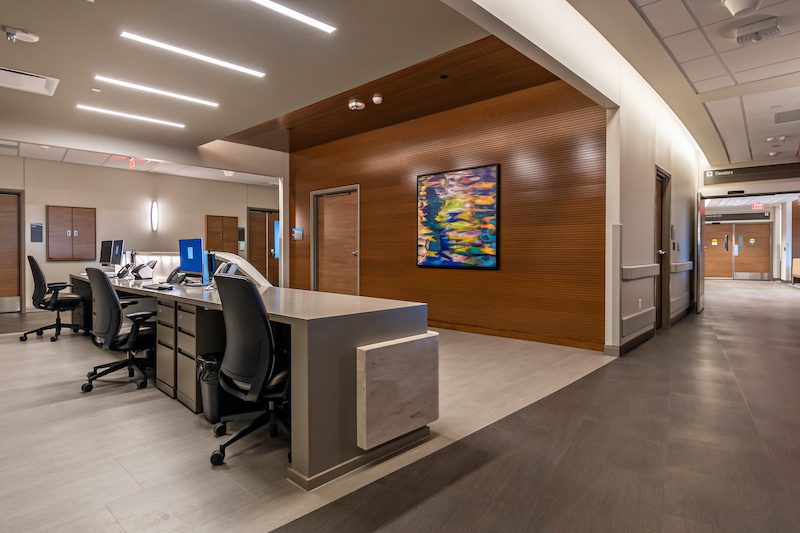
Submitting firm, GC and CM: Skiles Group
Owner/developer: Methodist Richardson Medical Center
Architect: Perkins and Will
Structural Engineer: L.A. Fuess Partners
MEP Engineer: WSP
Size: 103,700 sf
Construction time: August 2018 to December 2019
Cost: $55 million
Delivery method: CM at Risk
Photo credit: Jim Herndon
Related Stories
Building Team Awards | Jun 11, 2019
Learning by doing: Students took an active role in the design of the Bay Area's d.tech high school
Gold Award: D.tech had been occupying temporary spaces that were hardly suited for design thinking.
Building Team Awards | Jun 10, 2019
Technology showcase: PTC's new digs combine lively workspaces with exhibits for its products and platforms
Gold Award: PTC began its fitout even as 121 Seaport was still under construction.
Building Team Awards | Jun 7, 2019
Fast delivery: Construction of McDonald's global headquarters was completed in under seven months
Gold Award: The building has a remarkably diverse array of spaces that include “work neighborhoods.”
Building Team Awards | Jun 7, 2019
Unifying force: A place where a million Tulsans can connect, one by one
Platinum Award: Gathering Place is a 66½-acre public park and playground serving the nearly one million residents of greater Tulsa, Okla.
Building Team Awards | May 24, 2018
Green machine: Janet Durgin Guild and Commons at Sonoma Academy
Honorable Mention: A college prep school gets an uber-green maker space and cooking lab.
Building Team Awards | May 24, 2018
Good neighbor: Wentz Science Center at North Central College
Bronze Award: A conscientious Building Team takes steps to minimize the impact of this large-scale science center project in a historic neighborhood.
Building Team Awards | May 23, 2018
13 projects earn BD+C's 2018 Building Team Awards
Iowa’s game-changing correctional institution and Chicago’s daring hotel and sports development are among 13 projects to earn honors in BD+C’s 2018 Building Team Awards.
Building Team Awards | May 23, 2018
Engineered for extremes: Talan Towers
Bronze Award: Astana’s shimmering mixed-use towers are made to stand up to the region’s harsh, long winters.
Building Team Awards | May 22, 2018
High-tech haven: The Spark at Washington State University
Silver Award: A ‘teaching in the round’ classroom highlights this innovation hub at Washington State University’s Pullman campus.
Building Team Awards | May 22, 2018
LA's game changer: Wilshire Grand Center
Silver Award: This billion-dollar mixed-use tower will alter the Los Angeles skyline in more ways.



